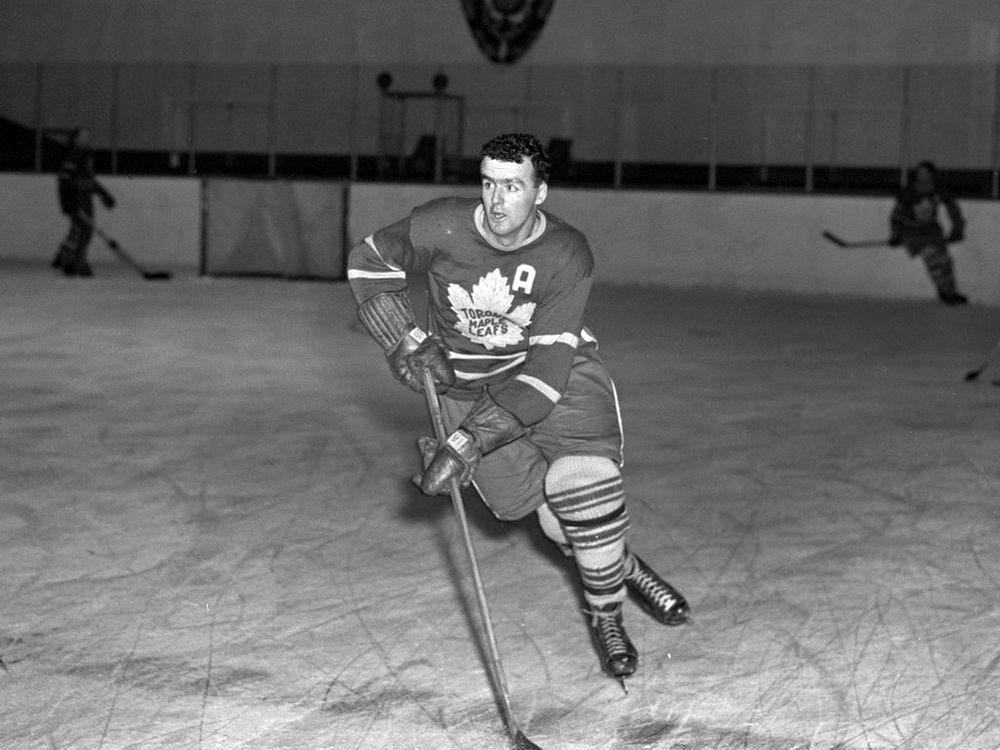With the Colorado Avalanche set to clinch Lord Stanley’s Cup on Friday night, The Pillar brings you some very cool stories of priests - and a bishop - playing hockey.
“Check” them out:
The real deal — Fr. Les Costello

Fr. Les Costello was born to do two thi…
